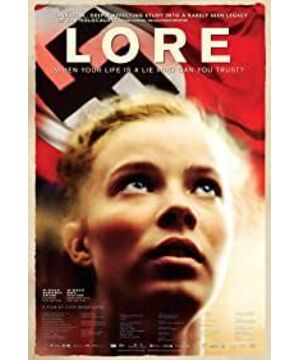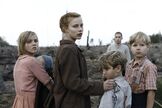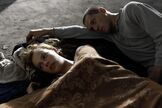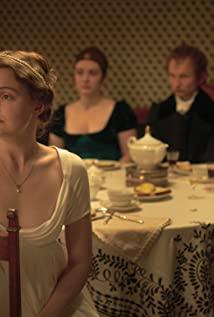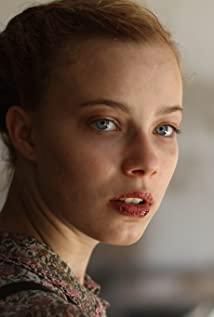Films with the Nazi family as the subject matter are not common in comparison, and this film is very exciting.
The head of state appeared several times in the film, or burned photos, or portraits in the room, indicating the background of the story, and also showed the head of state's huge and profound influence; the more straightforward one was that the mother was insane, drunk and injured, and the plot came out suddenly. , And finally muttered to himself: The Führer is dead.
The protagonist’s family is undoubtedly bathed in the glory of the head of state, which is the basis of their dignity, self-confidence, food, etiquette and even upbringing. On the eve of the hurried escape, a close-up of silver tableware and a porcelain deer contained a huge amount of information.
The grandmother met in the escape, and the grandmother who appeared last, were two firm believers of the Nazis. They were obsessed with the illusion created by the great leader, even if the Nazis were defeated, they would not give up their obsession. For a moment, I felt that this was the director's tribute to the prestigious documentary "Ordinary Fascism". Without the fanatical participation of individuals, how could there be Nazis? Where did the Cultural Revolution come from?
The tone of the film is gloomy, indicating a period of hardship in exile. The use of close-up shots is quite distinctive, natural flow and reasonable scheduling, strong expressiveness, and saves words. This technique is not common, and the close-up is especially effective in the transmission of emotions; of course, the actors of Lohol perform introverted and reserved, which is also an important factor in the success of the film.
The scene of the Nazi defeat was not presented directly, but only reminded by the dilapidated buildings and the ragged crowds on the fleeing road. The film's use of photos is also very characteristic. Father's photos, the tragic situation of the concentration camp, Thomas's photos, black and white photos are presented in close-up shots where important, not only for the plot, but also for the richness of the film's visual elements.
Even on the way to escape, even if it wants to show run-down and panic, hunger and death, film photography is still tenacious, looking for all possible opportunities to show beautiful vision, is this the characteristic of film? Otherwise, how does visual art embody?
Thomas is a key character in the film, and also the mystery of the escape route. It is full of mystery in protection, strength, and dependence. The baby is mentioned repeatedly in the film. It seems that that is the reason why Thomas trails, protects the Loho sisters and brothers and uses them to protect themselves. ? Thomas' behavior is full of contradictions and doubts, just like the fog in real life. In the end, the film didn't explain his true identity, and left suddenly and silently.
In the last paragraph, Luohe is eating at her grandmother's house, and the weird behavior on the dining table connects the whole movie. For Luohe, the seemingly out-of-bred behavior is her beginning, a brand new beginning.
View more about Lore reviews


